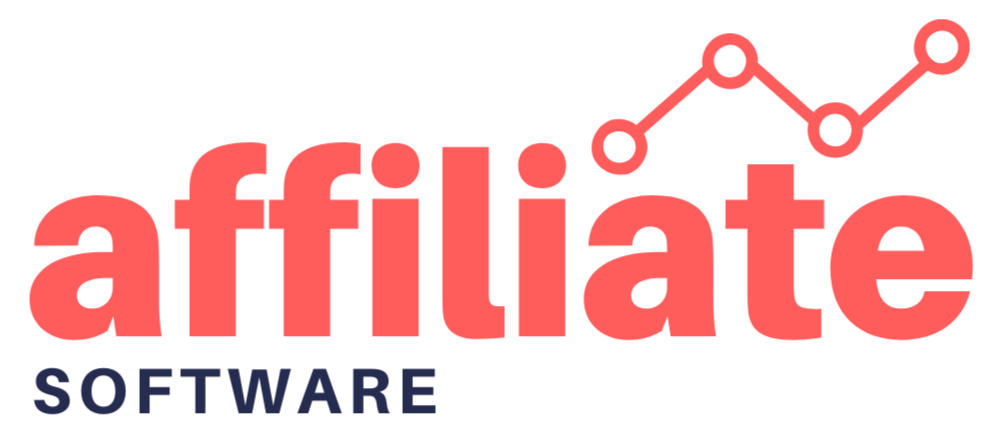Did you know over half of all US consumers listen to podcasts? This shows how affiliate marketing is changing. Now, you don’t need a website to make money online. Before,…
Free Website Builder for Affiliate Marketing
Did you know 16.87% of affiliates make over $50,000 a year? This shows how big affiliate marketing can be. To make the most of it, you need a good place…
Create a Free Website for Affiliate Marketing
The affiliate industry has grown a lot. Now, people from all over the world can join. Big names like Amazon, Shopify, and eBay have their own programs. This means you…
Twitter Affiliate Marketing: Boost Your Earnings
Did you know Twitter has 330 million active users worldwide? This huge number is a great chance for affiliate marketers to make more money. By using social media and working…
Mastering Affiliate Marketing: Management Tips
Did you know businesses can make up to 30% of their online sales through affiliate marketing? This strategy is changing the game for companies wanting to grow and sell more….
Become an Affiliate Marketing Manager: Start Today!
In just 5 minutes, someone made $500 through affiliate marketing. They earned $126.99 for each sale. This shows how big and exciting the affiliate marketing world is. As an Affiliate…
Affiliate Marketing Agreement: Key Points to Know
Affiliate marketing has grown a lot in the last ten years. It’s now a big part of online marketing. Influencers are using it to work with brands on sites like…
iGaming Marketing Strategies That Are Outperforming Traditional Casinos
In the world of gambling, the iGaming industry is changing the game. SMS messages in iGaming marketing have an open rate of 98%. This is way higher than traditional email…
The Online Sportsbook Marketing Formula That’s Changing the Game in 2025
Get ready for a big change in the online sportsbook world. Experts say the industry will make $1.0 billion in the first half of 2024. This is a 6% jump…









